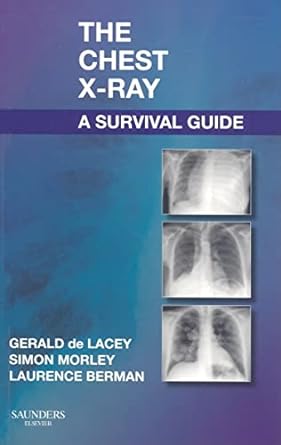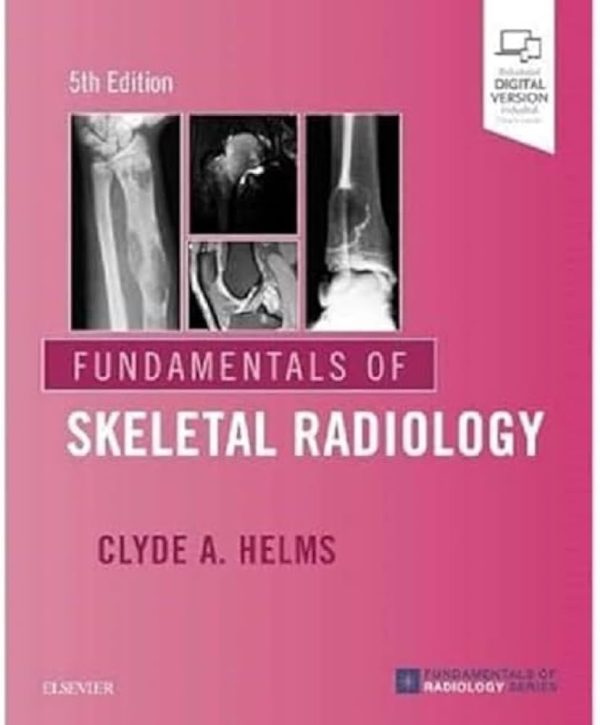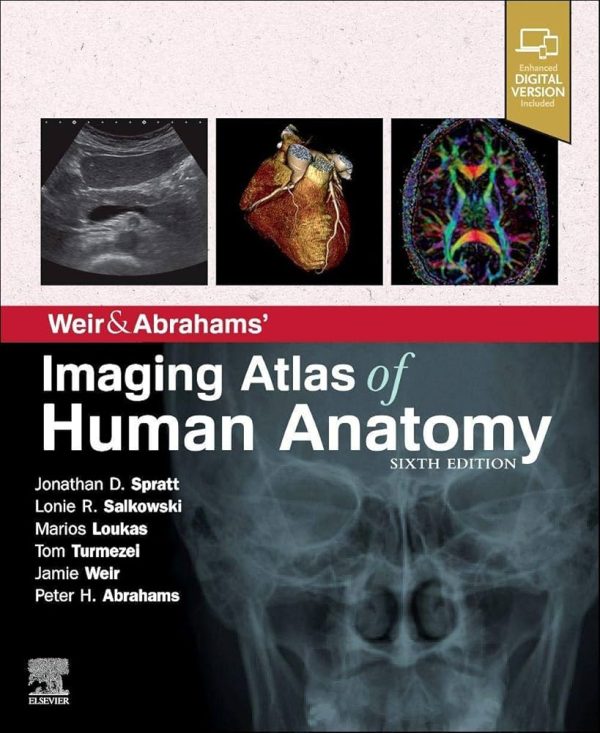Farr’s Physics for Medical Imaging is an essential guide for radiology trainees, particularly those preparing for the FRCR Part 1 Physics exam. It offers a comprehensive introduction to the physics behind various imaging techniques, including X-ray, CT, MRI, ultrasound, and nuclear medicine. The book covers fundamental principles while also addressing current advancements in the field, such as radiology information technology and updated safety legislation.
Key Features
- Exam-Oriented Content: Farr’s Physics for Medical Imaging is specifically tailored for radiology trainees preparing for the physics portion of the FRCR Part 1 exam. The material is structured in a way that makes it easy for readers to grasp essential concepts, even if they haven’t studied physics in-depth since school. The authors—experts in both radiology and physics—have made a deliberate effort to break down complex subjects, ensuring the book is accessible to students with varying levels of knowledge.
- Comprehensive Range of Imaging Modalities: Farr’s Physics for Medical Imaging covers all the major imaging modalities, including X-ray, CT, MRI, ultrasound, nuclear imaging, and fluoroscopy. Each section explains the basic physics principles underlying these technologies, helping readers understand not only how these machines work but also their clinical applications.
- Updated to Reflect Current Standards: The third edition of the book has been fully revised and updated to reflect the latest advancements in medical imaging technology and safety regulations. This includes new legislation related to radiological safety, ensuring that readers are aware of the legal and ethical considerations in modern radiology practice.
- Clear Illustrations and Sample Images: The book features numerous line drawings and sample images to complement the textual explanations. These visuals make it easier to grasp the concepts, particularly for more complex topics like radiation hazards, protection, and advanced imaging techniques such as MRI and CT.
- Focus on Radiology Information Technology: A newly added chapter on radiology information technology reflects the growing importance of digital systems in radiology. This section introduces readers to the basic concepts of how IT systems are integrated into modern radiology departments, an area increasingly relevant in clinical practice.
Pros
- Accessible for Beginners: One of the major strengths of this book is its accessibility. Whether you’re a radiology trainee or a medical physicist, the clear and concise explanations make it approachable, even if your background in physics is limited.
- Useful for FRCR Exam Preparation: Farr’s Physics for Medical Imaging is an invaluable resource for those preparing for the FRCR exams, with content specifically designed to help students pass the physics component of the exam.
- Up-to-Date Content: The book’s reflection of recent changes in radiological technology and legislation ensures that readers are learning from the most current information, making it highly relevant for clinical practice today.
- Illustrative Diagrams and Clear Text: The text is complemented by excellent diagrams and sample images that help elucidate the technical aspects of medical imaging. This visual support makes it easier to digest complex material.
Cons
- Limited Depth in Advanced Topics: While the book provides a solid foundation in medical imaging physics, those looking for more in-depth exploration of certain advanced topics might find it lacking. This may not be the best resource for those with advanced physics knowledge or those pursuing specialised roles in medical physics.
- Focused on Exam Preparation: The exam-oriented nature of the book, while helpful for FRCR candidates, might limit its utility for professionals who are looking for more extensive clinical applications or research-oriented content.
- Basic Visuals: Although the diagrams and illustrations are clear, some readers might find them a bit basic compared to more comprehensive radiology texts that provide richer visuals or interactive content.
Conclusion
Overall, Farr’s Physics for Medical Imaging is an excellent resource for radiology trainees preparing for FRCR Part 1 Physics exam. Its straightforward explanations and well-organised content make it particularly useful for those with limited background knowledge in physics. The book’s focus on modern imaging technologies, updated safety regulations, and the inclusion of a chapter on radiology IT further enhance its relevance in contemporary medical practice.
Please note: Our website is funded by user engagement. As such, we may receive a small commission when you purchase a qualifying product via an affiliate link.




